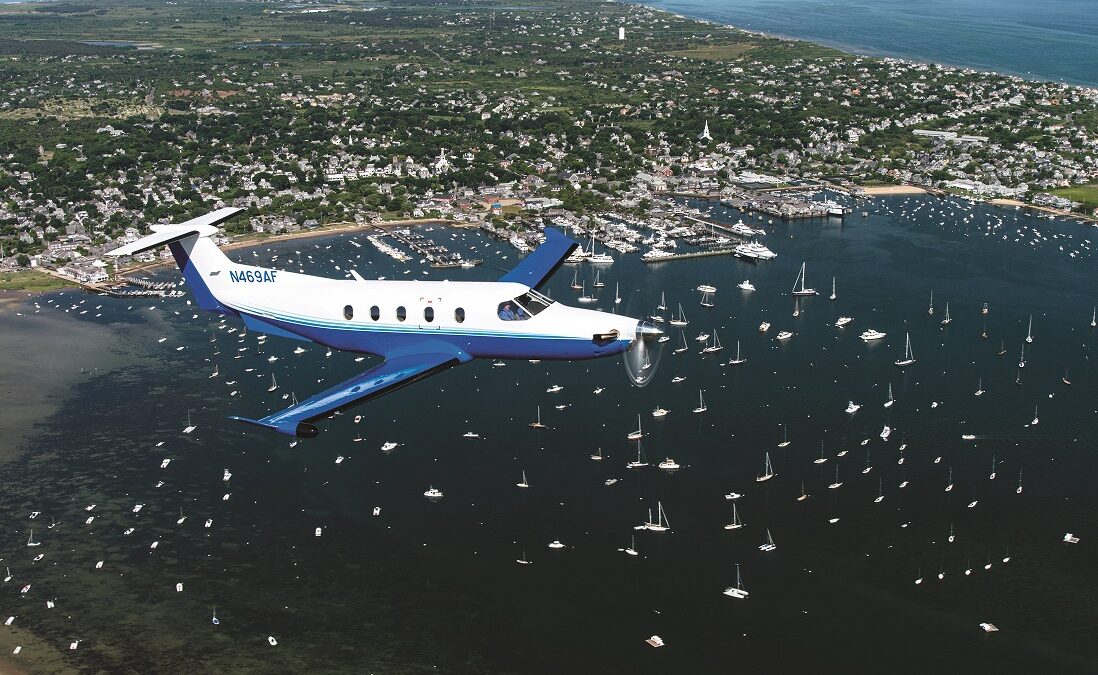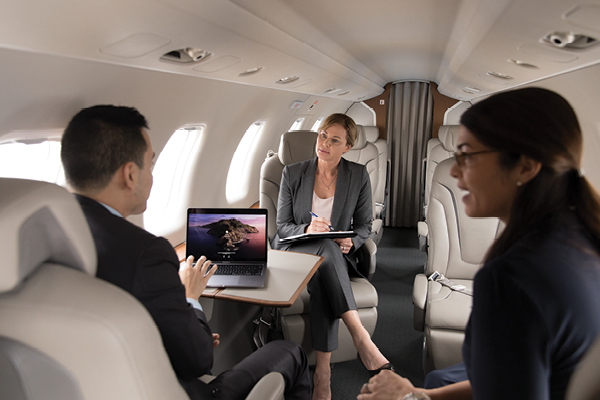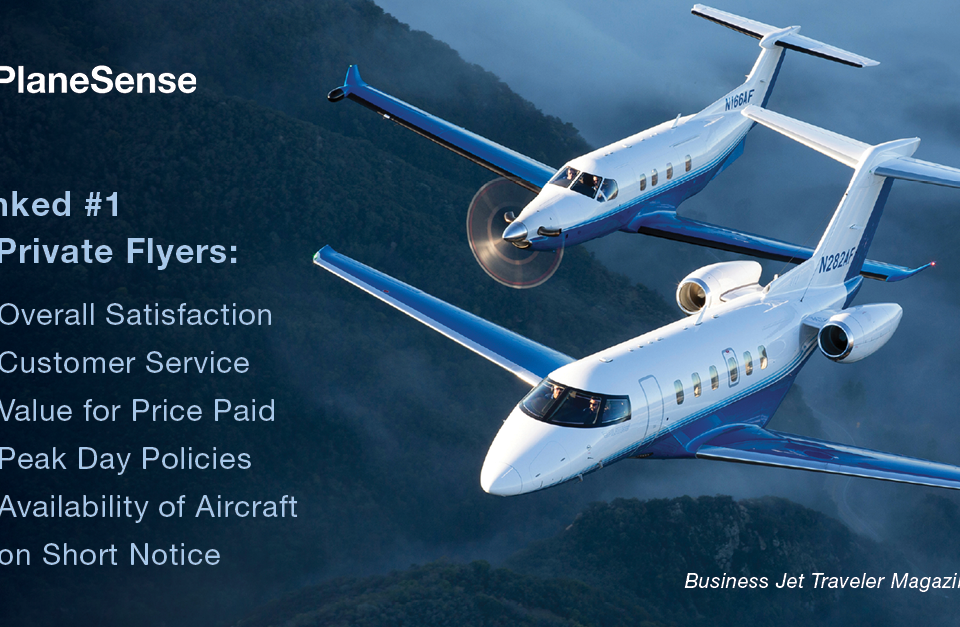There are endless fleet options when selecting a private flight program. So, how does one select from the large volume of diverse turboprops, light jets, midsize jets, and long-range jets? The key is understanding the capabilities of each aircraft type and selecting the one that best fits your flight needs. The PlaneSense fractional and jet card programs feature the largest U.S. fleet of Pilatus PC-12 turboprops and PC-24 light jets. The advanced performance capabilities and cabin features of these unique aircraft allow them to accomplish things that other aircraft cannot. For example, the PC-12 and PC-24 are able to:
- Embrace short runways – When PlaneSense says it gets you closer to your destination, it means it. The Pilatus PC-12 and PC-24 are specially designed to land and take off from short runways, allowing clients to travel to airports that most other business aircraft can’t access. The PC-12 is able to land on runways approximately 2,000’, the shortest of which is Cat Cay in the Bahamas. The Pilatus PC-24 can land on runways as short as 3,000’ but is still able to come to a full stop long before reaching the end. To see it’s short field performance in action, watch this video of a PlaneSense PC-24 jet landing in Provincetown, MA (KPVC), well before the end of the airport’s 3,500’ runway.
- Shorten ground commutes – The ability to access shorter runways means thousands more airports are available to PlaneSense clients. Instead of enduring hours of traffic to get to the airport that other programs can reach, there’s a strong probability that the PlaneSense fleet can access a smaller airport much closer to the client, eliminating long, frustrating ground commutes. Imagine what you could do with the time saved.
-
Make short hops more efficient and economical – The average private flight is less than two hours, making larger aircraft unnecessary and inefficient for such a short flight. For example, when flying from White Plains, NY (HPN) to Nantucket, MA (ACK) or Santa Ana, CA (SNA) to Las Vegas, NV (LAS), the Pilatus PC-12 and PC-24 are much more efficient for the mission at hand and still offer an exceptionally comfortable flight.
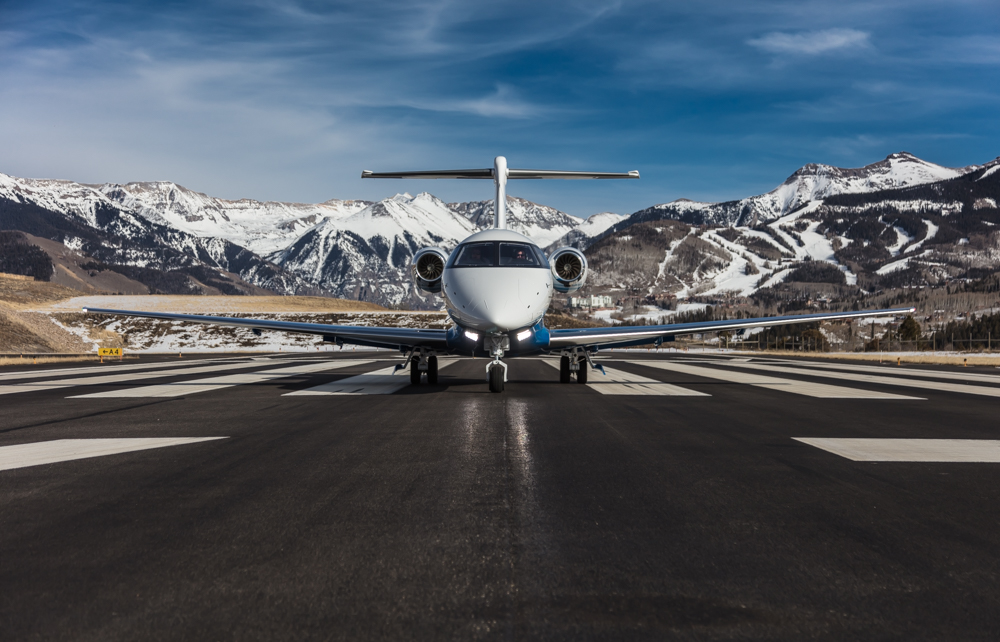
- Operate better at high altitudes – In areas such as Arizona and Colorado, high altitudes and high temperatures can be challenging for some aircraft and may negatively impact performance. The PC-12 and PC-24 are uniquely crafted so they excel in these conditions. For example, the braking systems of both aircraft are designed so they don’t require time to cool off after landing in “hot and high” airports, which is not the case with other similar aircraft. Hot and high conditions may prevent other jets from landing on shorter runways, to climb slower, and to be subjected to greater weight restrictions. The PC-24 performance exceeds other jets in these conditions, making it the ideal solution for flights into mountainous or heat-impacted regions.
- Excel at contaminated runways – Standing water, snow, slush, or ice on a runway can impact braking performance and steering control of some aircraft, preventing them from landing until conditions improve. Pilatus aircraft are specially designed to perform well on both dry and contaminated runways. Safety is always the first priority, however, and PlaneSense pilots will fully assess conditions before landing at any airfield.
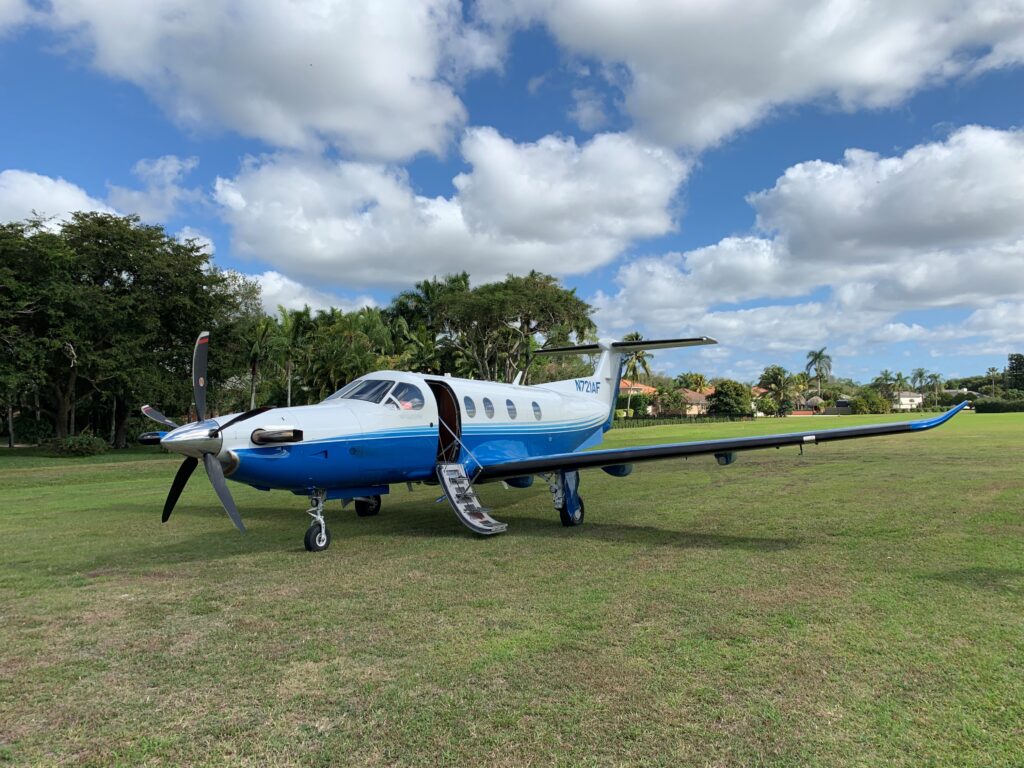
- Land on unimproved runways with the PC-12 – An unimproved runway is any landing strip that is not paved with concrete or asphalt. While the PlaneSense PC-12 fleet typically sees more paved runways than not, clients sometimes need access to a dirt runway or grass airfield to get them closer to their destination. The Pilatus PC-12 is uniquely built to withstand the rugged terrain of these runways while still providing a sophisticated cabin and comfortable flight experience. To ensure the highest level of safety, the PlaneSense Flight Operations team carefully reviews conditions at all airports with unimproved runways before approving them for the program.
- Offer the latest advancements – The average age of the PlaneSense fleet is 4.5 years, considerably younger than many aircraft in other charter and fractional programs. PlaneSense aims to strategically grow its fleet, while regularly cycling out older aircraft. This allows clients to have access to the most sophisticated safety features and optimized performance.
- Maximize cabin size – The PC-24’s cabin is a standout when compared to the typical light jet. At 501 cubic feet, it offers the tallest cabin in its class. The spacious PC-12 cabin even surpasses the size of some jets. Coming in at 330 cubic feet, it offers more room than the Phenom 300. Flying privately has never been more comfortable.

- Prevent your luggage from freezing – In most business jets, luggage is stored in a small external cargo hold that isn’t climate controlled. Care must be taken to ensure that items which can suffer damage from cold temperatures are kept in the cabin instead of the cargo hold. The Pilatus PC-12 and PC-24 feature a spacious interior cargo area that is not only climate-controlled, but also accessible during flight. The large cargo door ensures that items like skis and golf clubs are easy to stow aboard.
- Make pets comfortable – The flat floor allows human passengers a more comfortable flight with the ability to stretch their legs, but it’s the four-legged passengers that truly love this feature. With the ability to stretch in all directions, it’s as if they’re sleeping at your feet in the comfort of their own living room.
- Enhance your aviation portfolio – The performance capabilities of the PlaneSense fleet make it the ideal addition to any aircraft portfolio, expertly filling the void that larger aircraft create when it comes to smaller airports.
When making the decision to buy a business jet share, it’s important to look at more than the cost. The aircraft you choose should safely and efficiently get you where you need to go. To learn more about how the PlaneSense fractional and jet card programs can solve your flight needs, call 866-214-1212 or fill out the contact form below.


